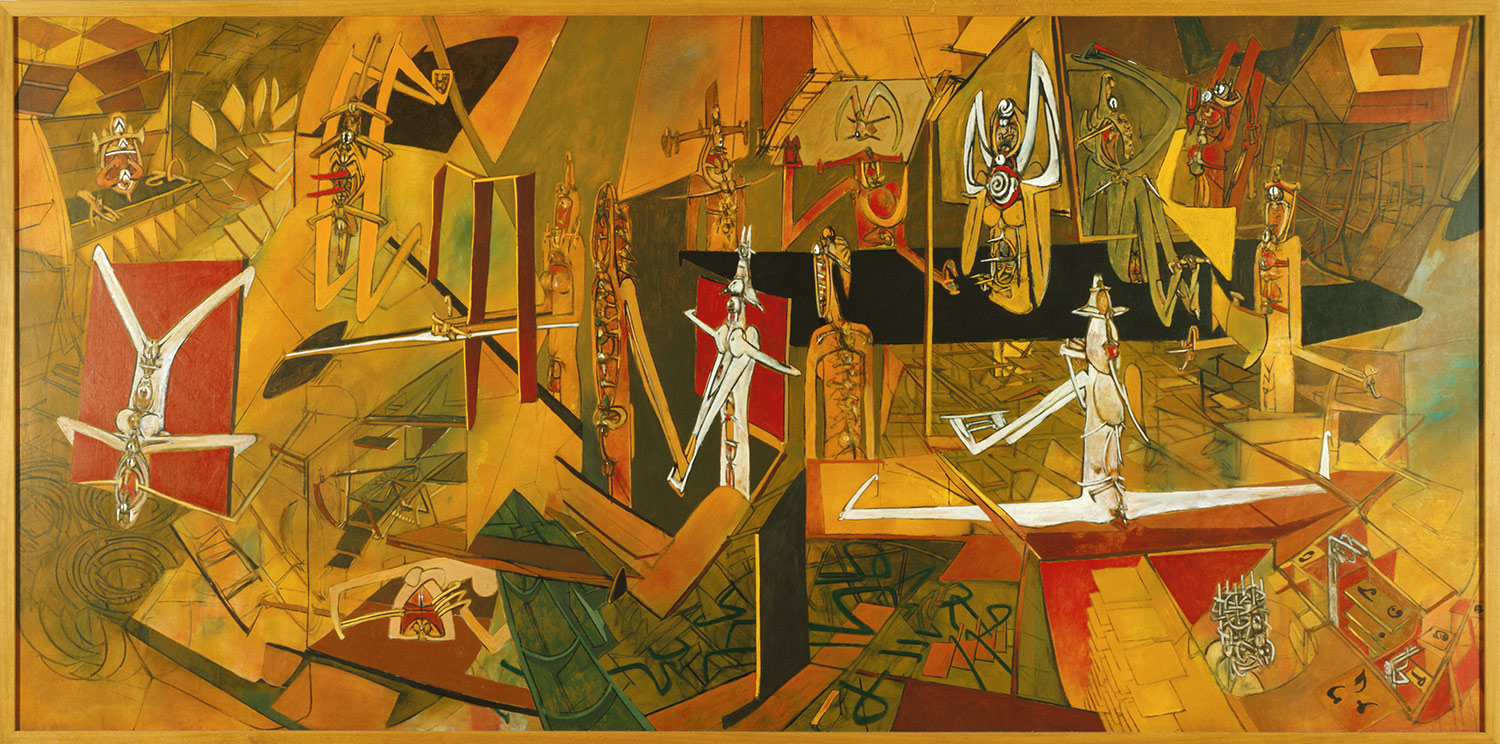
The Friday before last I imagined that everyone at work were incarnations of thoughts I’ve had or moods I’ve felt. The next day I went to see the Francisco Toledo show that I’d only walked through quickly, preparing myself for imagery of the nagual, what the part-Zapotec Toledo describes as spiritual metamorphoses with animals, expressed in mask rituals. Toledo encountered the recently published Accursed Share by Bataille in late 60s Paris while being discovered there as a teenager, which excerpted Bernardino de Sahagún’s transcription of the Aztec myth of the creation of the sun representing the share that nourishes but blinds (Nanauatzin, the sun, who jumps into the fire) and the reflection that can be seen (Tecuciztecatl, the fearful moon). Toledo illustrated a book of the Sahagún transcription. A warm winter night a few days back, the cloud cover was so thick that the moon’s brief appearances felt like an interrogation.

Nagual in some tribes has an aspect that casts a spell against assimilation, which reflects on the conflicts of Toledo’s art and life: the money he made painting was spent both bringing institutions of modernity to Oaxaca (contemporary art museums, art cinema) and archiving local indigenous culture. The Princeton/ UTEP show presents some of his illustrations of Kafka’s Report to the Academy, where a monkey sent to Europe escapes his cage by metamorphosing into a human and describes an essence he can’t return to.
 One more week of this show, the best on the East Coast now and the first, though way too small, US retrospective of Toledo in years and years. I’ve never seen his drawings and the draftsmanship is strikingly original. His works presented together enable you to inhabit his mythical logic, play of masks, and mirror hall of sacrifices, ‘the gods had to die.. The wind tore out their hearts and used them to animate the newborn stars.’ (Sahagún)
One more week of this show, the best on the East Coast now and the first, though way too small, US retrospective of Toledo in years and years. I’ve never seen his drawings and the draftsmanship is strikingly original. His works presented together enable you to inhabit his mythical logic, play of masks, and mirror hall of sacrifices, ‘the gods had to die.. The wind tore out their hearts and used them to animate the newborn stars.’ (Sahagún) Toledo’s daughter Natalia has poetry, some of which is written in Zapotec, featured in the Copper Canyon Mexican anthology but has yet to be translated book-length; this portrait of her is most likely based on erotic photos of Francisco in his youth in snake and alligator skin.
Toledo’s daughter Natalia has poetry, some of which is written in Zapotec, featured in the Copper Canyon Mexican anthology but has yet to be translated book-length; this portrait of her is most likely based on erotic photos of Francisco in his youth in snake and alligator skin.





